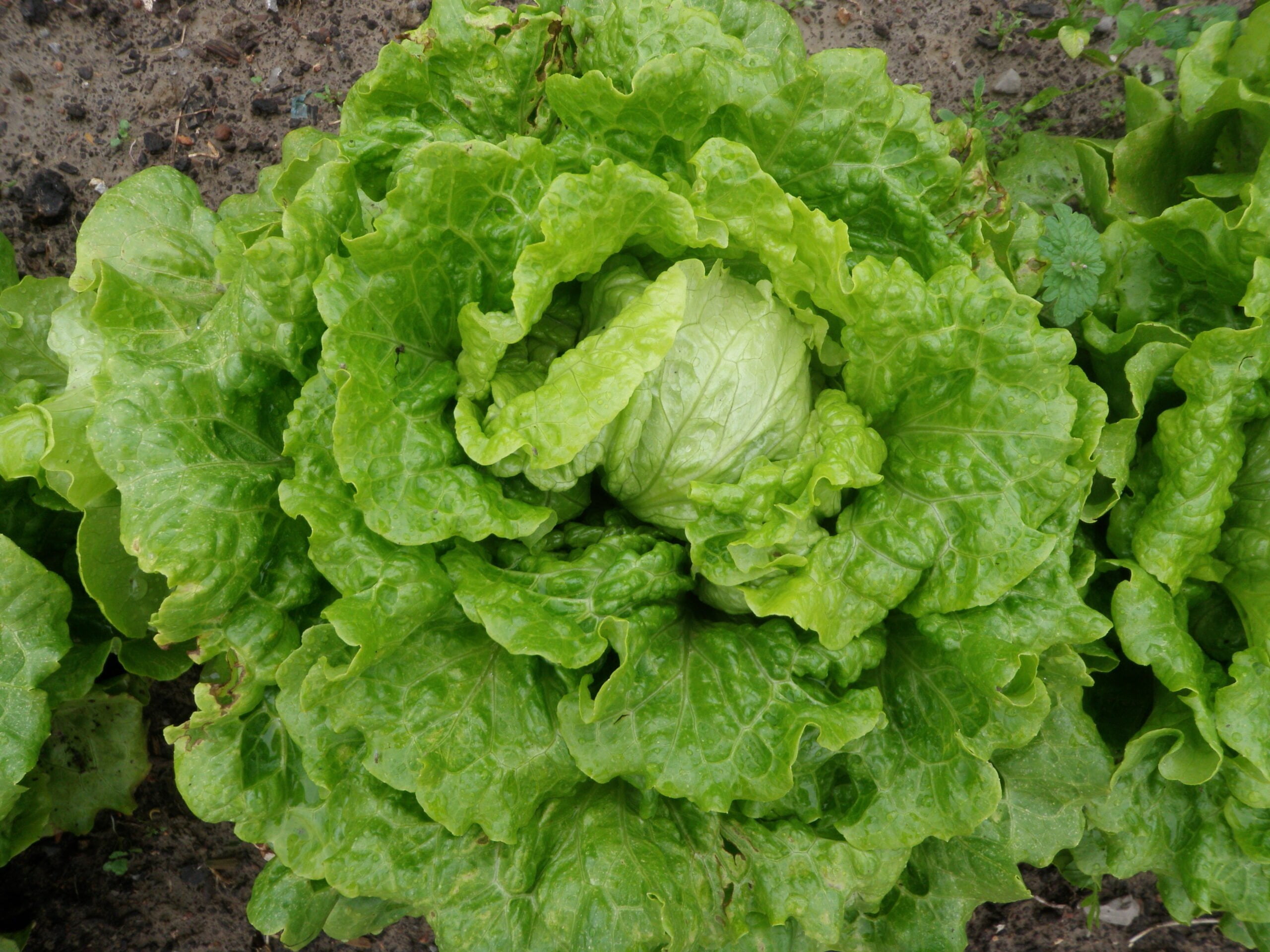So, you’re a Louisiana local and have been bitten by the gardening bug? Well, if you’re looking to grow some delicious lettuce in your backyard, then you’ve come to the right place. In this article, we’re going to give you the lowdown on the best time to plant lettuce in Louisiana. Whether you’re a seasoned green thumb or a newbie to the world of gardening, we’ve got you covered. So, grab a shovel and let’s get planting!
Best Time to Plant Lettuce in Louisiana
If you’re a gardening enthusiast in Louisiana and want to grow your own lettuce, it’s important to know the best time to plant it. Lettuce is a cool-season crop that thrives in moderate temperatures, so choosing the right season to plant can greatly affect your success. In this article, we’ll explore the factors you should consider when deciding when to plant lettuce in Louisiana, the different types of lettuce you can choose from, and the steps you can take to ensure a healthy and bountiful lettuce harvest.

Factors to Consider
Before diving into the specifics of when to plant lettuce in Louisiana, it’s important to take into account a few factors that can greatly influence the success of your lettuce crop. These factors include:
1. Average Temperatures: Lettuce prefers cooler temperatures and can struggle in hot and humid conditions. By considering the average temperatures in your area, you can determine the ideal planting window for lettuce.
2. Frost Dates: Frost can damage lettuce plants, so knowing the last spring frost date and the first fall frost date in your region is crucial for deciding when to sow lettuce seeds.
3. Growing Season Length: The length of the growing season in Louisiana can vary depending on the region. It’s important to understand the duration of your growing season to make the most of it when planting lettuce.
Climate in Louisiana
Louisiana experiences a humid subtropical climate, characterized by hot, humid summers and mild winters. The state is divided into three regions, each with its own microclimates and temperature variations: Northern Louisiana, Central Louisiana, and Southern Louisiana. Overall, Louisiana provides favorable conditions for growing lettuce due to its mild winters and moderate temperatures in spring and fall.
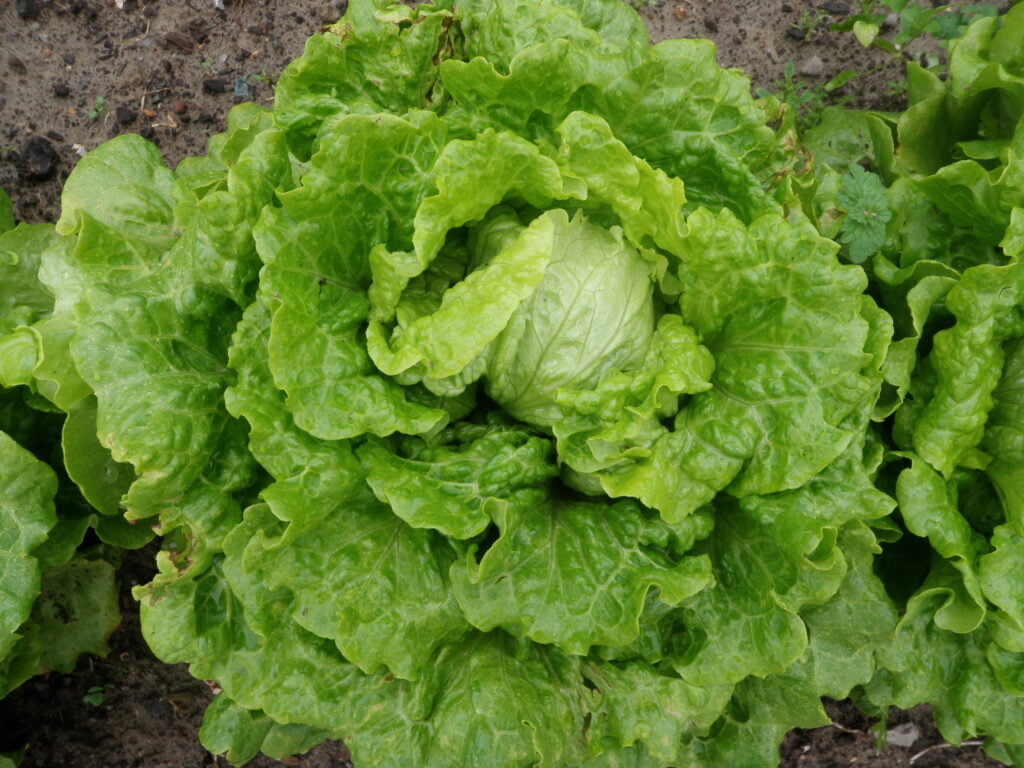
Types of Lettuce
Before deciding when to plant lettuce, it’s good to familiarize yourself with the various types of lettuce available. There are three main types of lettuce:
1. Leaf Lettuce: This type of lettuce has loose, tender leaves that can be harvested as needed, allowing the plant to continue growing. Leaf lettuce comes in different colors and textures, making it a visually pleasing addition to your garden.
2. Romaine Lettuce: Romaine lettuce is known for its elongated leaves and crisp texture. It forms a head, making it a popular choice for salads and sandwiches.
3. Butterhead Lettuce: Butterhead lettuce forms loose heads with tender leaves that have a smooth and buttery texture. It is often used in salads and adds a mild and delicate flavor.
Consider your personal preferences and intended use when choosing which types of lettuce to plant in your garden.
Spring Planting
Spring is an ideal time to plant lettuce in Louisiana, as the temperatures are moderate and the risk of frost has passed. The optimal temperature range for lettuce germination is around 45-75°F, making spring conditions perfect for seedlings to establish themselves. Typically, lettuce seeds can be sown directly in the garden or started indoors and transplanted into the garden.
When planting lettuce in spring, it’s important to keep in mind that as the season progresses and temperatures rise, lettuce tends to bolt, meaning it prematurely produces flowers and seeds. To prevent bolting, choose lettuce varieties that are known for their heat resistance.
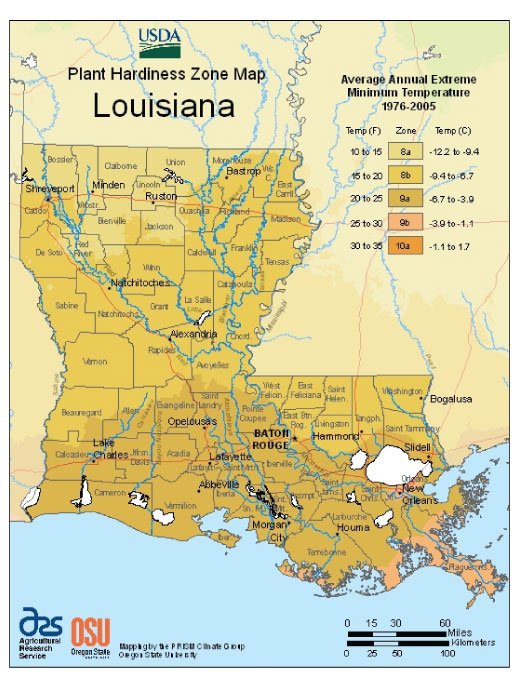
Fall Planting
Fall is another opportune time to plant lettuce in Louisiana. As the weather begins to cool down, lettuce thrives in the mild temperatures and shorter daylight hours. Fall planting offers the advantage of providing a second lettuce crop in one year, as lettuce can be harvested well into early winter.
To extend your fall lettuce harvest, consider using shade cloth or row covers to protect the plants from freezing temperatures. These measures can help you enjoy fresh lettuce throughout the winter months.
Winter Planting
In Louisiana, winter planting of lettuce is possible, especially in the southern regions where temperatures remain mild. By choosing cold-hardy varieties and utilizing protective measures like row covers, you can successfully grow lettuce during the winter months. Lettuce grows at a slower pace in winter, so it’s important to be patient and provide adequate care to ensure healthy growth.
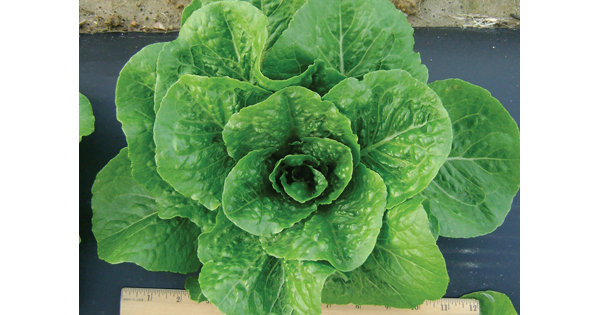
Preparing the Soil
To give your lettuce plants the best chance of success, it’s crucial to prepare the soil properly before planting. Lettuce thrives in well-draining soil rich in organic matter. Before planting, amend the soil with compost or well-rotted manure to improve its fertility and drainage.
Ensure that the soil is loose and crumbly, allowing young lettuce roots to penetrate easily. Remove any weeds or rocks that may hinder growth, and consider conducting a soil test to determine if any additional nutrients are needed.
Choosing the Right Variety
Selecting the right variety of lettuce is essential for a successful harvest. Consider the following factors when choosing your lettuce varieties:
1. Heat Tolerance: If you’re planting lettuce in warmer months, choose varieties known for their heat tolerance to prevent bolting.
2. Cold Hardiness: For winter planting, opt for cold-hardy lettuce varieties that can withstand lower temperatures without significant damage.
3. Disease Resistance: Some lettuce varieties are bred to be resistant to certain diseases, which can help ensure a healthier crop.
4. Taste and Texture: Consider personal preferences for taste, texture, and color to find lettuce varieties that suit your culinary needs.
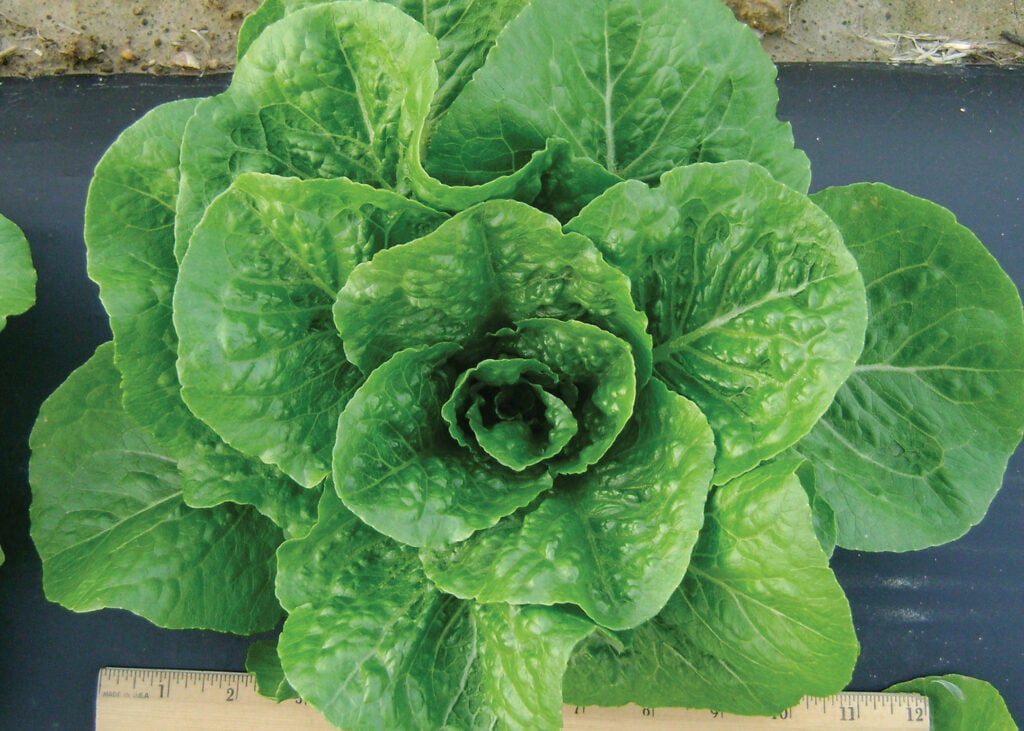
Planting Techniques
When planting lettuce, there are a few techniques you can employ to optimize growth and ensure a bountiful harvest:
1. Direct Seeding: Sow lettuce seeds directly into the prepared soil at the recommended depth, usually about 1/4 to 1/2 inch deep. Ensure proper spacing between seeds to allow enough room for the plants to grow.
2. Transplanting Seedlings: Start lettuce seeds indoors in seed trays or pots, and once the seedlings have developed a few true leaves, transplant them into the garden. Take care not to disturb the roots too much during the transplanting process.
3. Succession Planting: To enjoy a continuous supply of lettuce, consider staggering your plantings. Sow seeds or transplant seedlings in intervals of 1-2 weeks to ensure a consistent harvest throughout the growing season.
Caring for Lettuce Plants
To promote healthy growth and maximize your lettuce yield, it’s important to provide proper care for your plants:
1. Watering: Lettuce requires consistent moisture, so ensure that the soil remains evenly moist throughout the growing period. Irrigate the plants deeply but avoid overwatering, as it can lead to root rot.
2. Fertilizing: Apply a balanced, organic fertilizer according to the manufacturer’s instructions to provide the necessary nutrients for optimal growth. Side-dress the plants with compost or well-rotted manure halfway through the growing season to replenish soil fertility.
3. Mulching: Applying a layer of organic mulch around the base of the lettuce plants helps retain moisture, regulate soil temperature, and suppress weed growth.
4. Pest and Disease Management: Regularly inspect your lettuce plants for common pests like aphids, caterpillars, or slugs. Utilize organic pest control methods, such as handpicking pests or using natural insecticides, to manage infestations. Preventative measures, such as crop rotation and practicing good garden hygiene, can also help deter diseases.
With the right timing, care, and variety selection, you can successfully grow lettuce in Louisiana. Enjoy the satisfaction of harvesting fresh, homegrown lettuce and savor the bountiful flavors it adds to your meals. Happy gardening!
